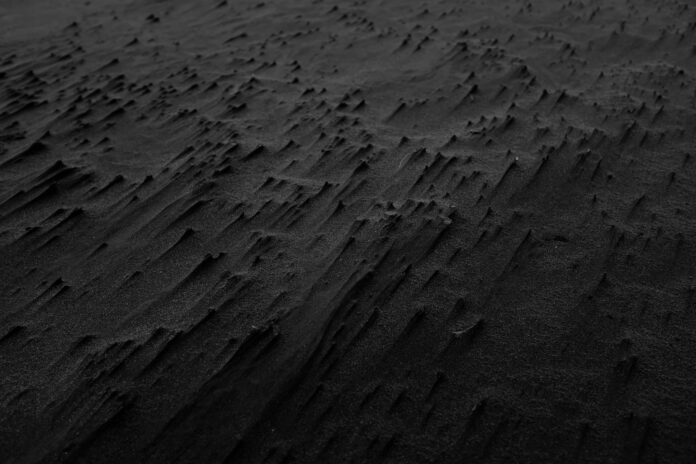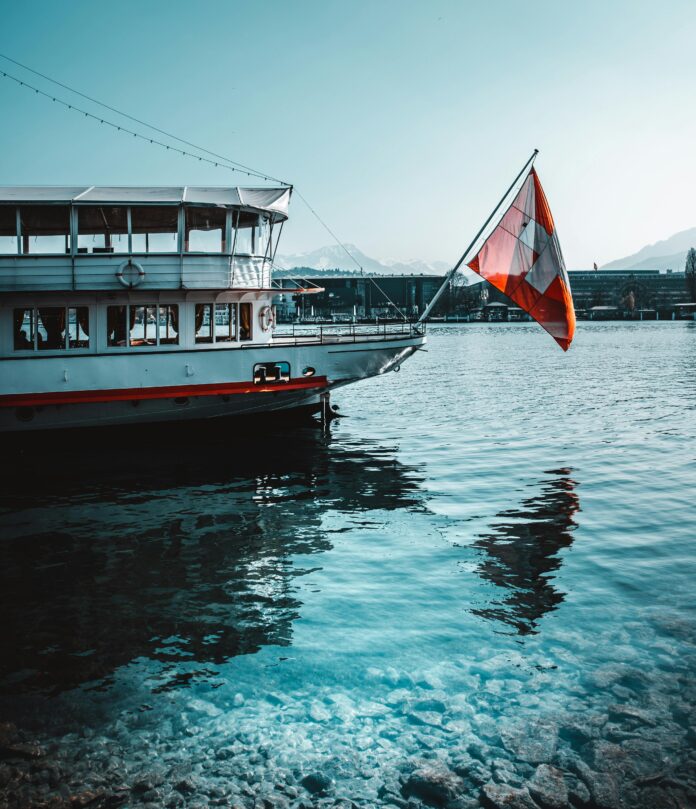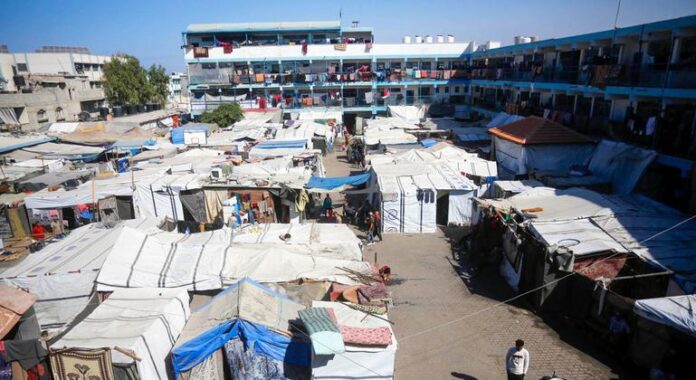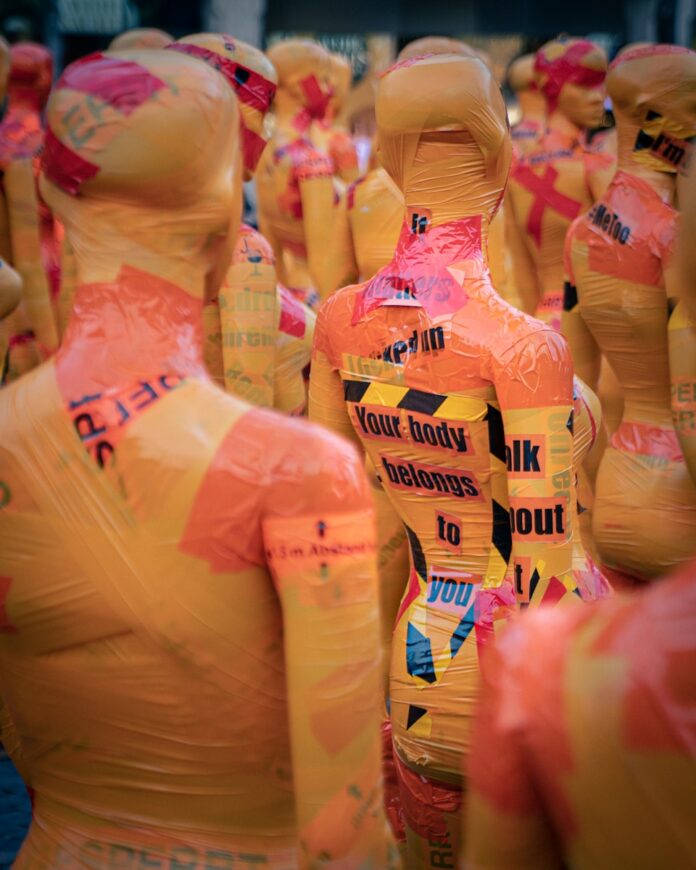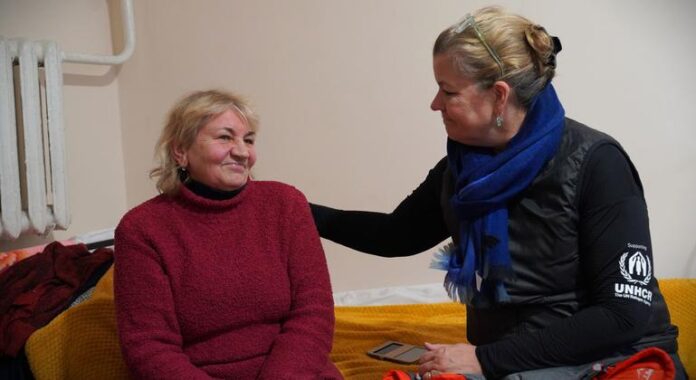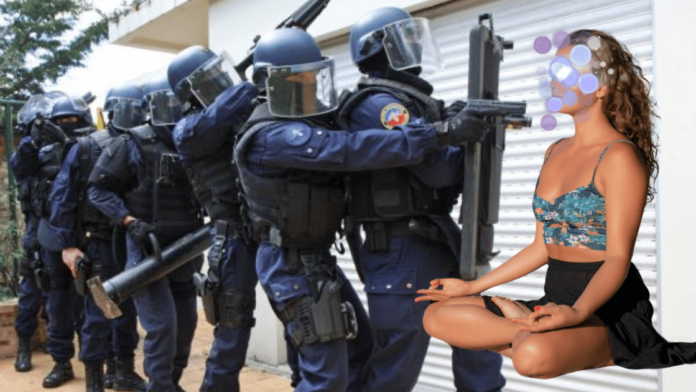By prof. A.P. Lopukhin
Acts of the Apostles, chapter 14. The preaching of Paul and Barnabas in Iconium, Lystra, and Derbe (1 – 7). The healing of the crippled man in Lystra and the attempt of the Gentiles to offer sacrifices to the apostles (8 – 18). The persecution of the apostles, the return journey through the newly founded communities, and the return to Syrian Antioch (19 – 28)
Acts 14:1. In Iconium they entered together into the Jewish synagogue and spoke in such a way that a great multitude of both Jews and Greeks believed.
The “Greeks” who believed were undoubtedly proselytes—Gentiles converted to Judaism, in contrast to the “Gentiles” mentioned later (v. 2), who joined the unbelieving Jews against the apostles.
Acts 14:2. And the unbelieving Jews stirred up and hardened the hearts of the Gentiles against the brethren.
“stirred up and hardened,” i.e., they slandered the apostles, accused them of many things, “represented the simple-hearted as treacherous” (St. John Chrysostom).
“against the brethren,” i.e., not only against the apostles, but also against the newly converted followers of Christ in general, the greater part of whom were Jews by birth, therefore brothers by the flesh to the persecutors (Rom. 9:3).
Acts 14:3. But they remained here for a long time, speaking boldly for the Lord, who testified to the word of His grace, granting signs and wonders to be done by their hands.
“speaking boldly for the Lord.” Blessed Theophylact of Ohrid writes: “This boldness arose from the apostles’ devotion to the work of preaching, and the fact that those who heard them believed was a consequence of the miracles, but to some extent the boldness of the apostles also contributed to this.”
Acts 14:4. And the people in the city were divided: some were with the Jews, and others with the apostles.
“the people in the city were divided.” In this division, it seems, lies the reason why the incitement of the Gentiles by the Jews remained fruitless for some time.
Acts 14:5. When the Gentiles and the Jews with their leaders, excited, were preparing to blaspheme and stone them to death,
“the Jews with their leaders” – cf. Acts 13. Probably with the archsynagogue and the elders who formed the council under him.
“they stoned them to death.” The desire to “stone them” reveals both the fact that the main leaders of the attack on the apostles were the Jews, and that the apostles’ guilt was formulated as blasphemy, for which the Jews had a similar punishment.
Acts 14:6. when they learned of it, they fled to the Lycaonian cities of Lystra and Derbe and their surroundings,
“to the Lycaonian cities of Lystra and Derbe.” Lycaonia was not so much a political as an ethnographic region in Asia Minor with the cities of Lystra southeast of Iconium, and Derbe southeast of Lystra.
Acts 14:7. and there they preached the gospel.
Acts 14:8. In Lystra there sat a certain man lame in his feet, who had been lame from his mother’s womb; he had never walked.
Acts 14:9. He listened as Paul spoke; and Paul, looking intently at him and perceiving that he had faith to be healed,
“perceived that he had faith”—seeing with the discernment of a divinely enlightened apostle.
Acts 14:10. said to him with a loud voice, “I say to you in the name of the Lord Jesus Christ, stand on your feet!” And immediately he leaped up and walked.
Acts 14:11. And the crowds, seeing what Paul had done, lifted up their voices and said in the Lycaonian language, “The gods have come down to us in human form.”
“They spoke in the Lycaonian language.” It is difficult to say what this Lycaonian dialect is: some consider it a dialect close to Assyrian, others to be identical with Cappadocian, and still others to be a corrupted Greek.
Acts 14:12. And they called Barnabas Zeus, and Paul Hermes, because he was the chief speaker.
“they called Barnabas Zeus, and Paul Hermes.” Why people saw these gods in Barnabas and Paul is partly explained by a local Phrygian tale about the appearance of these gods in human form (Ovid, Metamorphoses VIII), as well as by the fact that near the city there was a temple or idol of Zeus, and Hermes (Hermes), as an eloquent interpreter of the gods, was considered an obligatory companion of Zeus when he descended from Olympus to mortals. A hint of the latter is given by the historian himself, according to whom Paul was considered Hermes, “because he excelled in speaking”…. It is possible that the very appearance of the apostles had its own significance: Paul, as a young man (Acts 7:58), distinguished by an energetic character, reflected in all his speeches and actions, could easily be identified with Hermes, who was presented as a gentle, lively, good-looking youth, while Barnabas, with his seriousness, could remind the pagans of Zeus. Regarding the appearance of the apostles, St. John Chrysostom writes: “It seems to me that Barnabas had a dignified appearance.”
Acts 14:13. And the priest of Zeus, whose idol was before their city, having brought bulls to the gate and brought garlands, wanted to perform a sacrifice together with the people.
“brought garlands” – to decorate the sacrificial bulls with them, which was usually done to please the gods more.
Acts 14:14. But the apostles Barnabas and Paul, hearing about this, tore their clothes and rushed out into the crowd, crying out:
“They have torn their clothes” in sign of deep sorrow and contrition at such blindness of the people.
The apostles prove the absurdity of their deification by the pagans, they assure them of the falsehood of the pagan gods. They point out to them the One living God, the Creator of all things, who, although He has allowed all nations to follow false paths, has not deprived them of the opportunity to know the true path (cf. Rom. 1:20, 11:13-36).
Acts 14:15. Men, why are you doing these things? And we are men subject to you and preach to you that you should turn from these false gods to the living God, who made heaven and earth, the sea, and all that is in them,
Acts 14:16. Who in past generations suffered all nations to walk in their own ways,
Acts 14:17. although He did not leave Himself without witness in good works, giving us rain from heaven and fruitful seasons, filling our hearts with food and gladness.
“Without forcing free will,” says Blessed Theophylact of Ohrid, “the Lord allowed all people to act according to their own discretion; but He Himself constantly performed such works from which they, as rational beings, could understand the Creator.”
Acts 14:18. And saying this, they hardly persuaded the people not to offer sacrifice to them, but to go each to his own house. While they remained there and taught,
“they hardly persuaded.” So greatly were the people moved by what had happened, and so firmly were they convinced that before their eyes they were gods, and not men.
Acts 14:19. Some Jews came from Antioch and Iconium, and when the apostles were speaking boldly, they persuaded the people to leave them, saying: You speak nothing true, but everything is false; having persuaded the people, they stoned Paul and dragged him out of the city, thinking him dead.
“some Jews came” from among the unbelievers and hostile to Paul and Barnabas (Acts 13:50 and 14:5).
“they stoned Paul,” not Barnabas – perhaps because he, as the leader in speaking (Acts 14:12), seemed to the Jews the most dangerous and hated enemy. Probably the apostle mentions the same stoning in 2 Cor. 11:25. Such is the amazing fickleness of the crowd, which easily succumbs to the evil speech of the instigators. Only recently they were ready to honor the apostles as gods, and now they were capable of dealing with the most hardened villains. The ability of the instigators to effect such a turn in the mood of the masses is undoubtedly impressive.
Acts 14:20. And when the disciples gathered around him, he rose up and went into the city, and the next day he withdrew with Barnabas to Derbe.
“the disciples gathered around him” probably with the intention of seeing what was happening to him, in what condition he was, or even to bury him if he was dead.
“he rose up and went into the city”. There is no doubt that this strengthening of Paul’s physical strength was a miraculous action, although the author only hints at it – with the short and strong expression – “he rose up and went”! Here the firmness of the apostle’s spirit, who fearlessly returns to the city where he had just been in mortal danger, deserves attention.
Acts 14:21. After preaching the Gospel in this city and gaining quite a few disciples, they returned to Lystra, Iconium and Antioch,
Acts. 14:22. confirming the souls of the disciples, exhorting them to continue in the faith, and teaching that through many tribulations we must enter the kingdom of God.
From Derbe, after a successful sermon, the apostles set out on a return journey to Syrian Antioch, through all the places they had previously visited (Acts 13, etc.), strengthening the believers so that they would be ready to keep the faith of Christ, despite all the persecutions, tribulations, and trials, which represent for believers the surest way to the Kingdom of Heaven (Matt. 7:14).
Acts 14:23. And when they had ordained elders for them in each church, they prayed with fasting and commended them to the Lord in whom they had believed.
“they ordained elders” – leaders and leaders of each community, which in this way receives a stable external organization. The ordination, i.e. the laying on of hands (Acts 6:2-6) shows the importance of the ministry of the elders, as well as the gracious nature of this consecration (cf. Acts 11:30).
“they prayed with fasting” – as they do on all important occasions (Acts 13, etc.)
“they committed them” – i.e. the newly converted Christians, together with their newly appointed leaders
“to the Lord”, i.e. to His grace, favor and protection.
Acts 14:24. And when they had passed through Pisidia, they came to Pamphylia;
Acts 14:25. and when they had spoken the word of the Lord in Perga, they went down to Attalia;
Through Pisidia and Pamphylia the apostles returned to Perga, the first city they came to after arriving on the coast of Asia Minor (Acts 13:13).
“they went down to Attalia” – a seaside city in Pamphylia, southeast of Perga, where the Cataract River flows into the sea. The city is named after Attalus Philadelphus, king of Pergamum, by whom it was built.
Acts 14:26. and from there they sailed to Antioch, from where they were commended to the grace of God for the work which they had accomplished.
From Perga the apostles traveled through Seleucia to Syrian Antioch, from where, guided by the grace of God, they began their first apostolic journey.
Acts 14:27. When they arrived and gathered the church together, they reported all that God had done with them and how He had opened the door of faith to the Gentiles.
“they gathered the church together,” that is, the Christian community in Antioch, and “they reported all that God had done with them.” The apostles humbly confess that the power of God had been at work in them all this time, and not they alone.
“opened the door of faith.” A figurative expression of the acceptance of the Gentiles into the bosom of the Church of Christ (1 Cor. 16:9; 2 Cor. 2:12; Col. 4:3). St. John Chrysostom recalls that the Jews forbade even speaking to Gentiles.
Acts 14:28. And they stayed there a long time with the disciples.
Thus ends the account of the first apostolic journey to the Gentiles of the great apostles Paul and Barnabas.
How long this first journey of Paul lasted, the author does not say. It is assumed that it lasted about two years.
Source in Russian: Explanatory Bible, or Commentaries on all the books of the Holy Scriptures of the Old and New Testaments: In 7 volumes / Ed. prof. A.P. Lopukhin. – Ed. 4th. – Moscow: Dar, 2009, 1232 pp.





